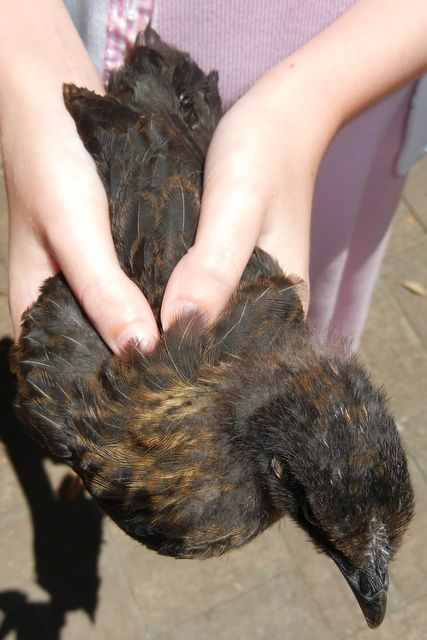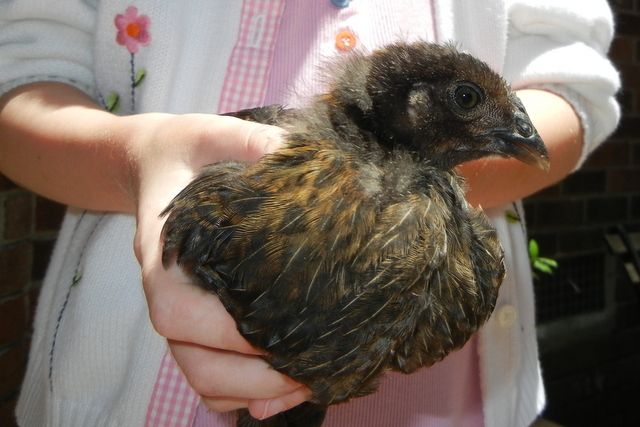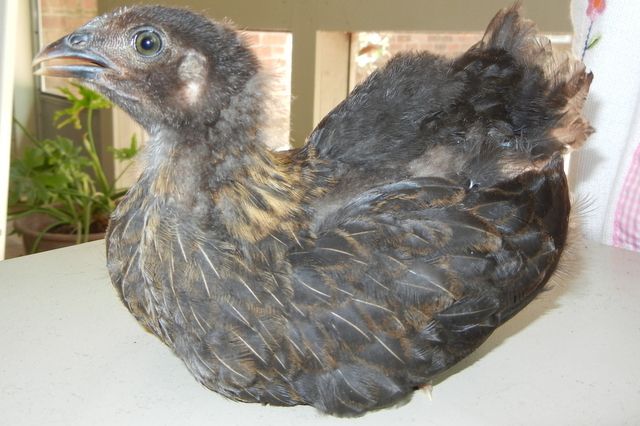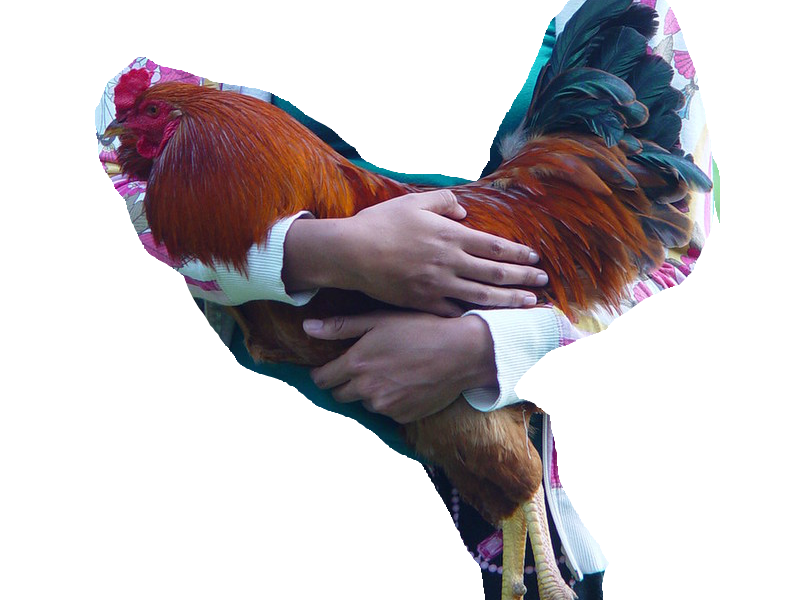- Feb 25, 2011
- 41
- 0
- 22
Hi, we need some help figuring out what breed this chick might be. We got some brown eggs from another family to put under our broody hen and this is one of them. It didn't have any of the brown when it was first hatched. Was all black with a small amount of cream color in it's lower abdomen. Also, thoughts on gender? It's a little over 4 weeks in these pics. Thanks so much for any help!



















